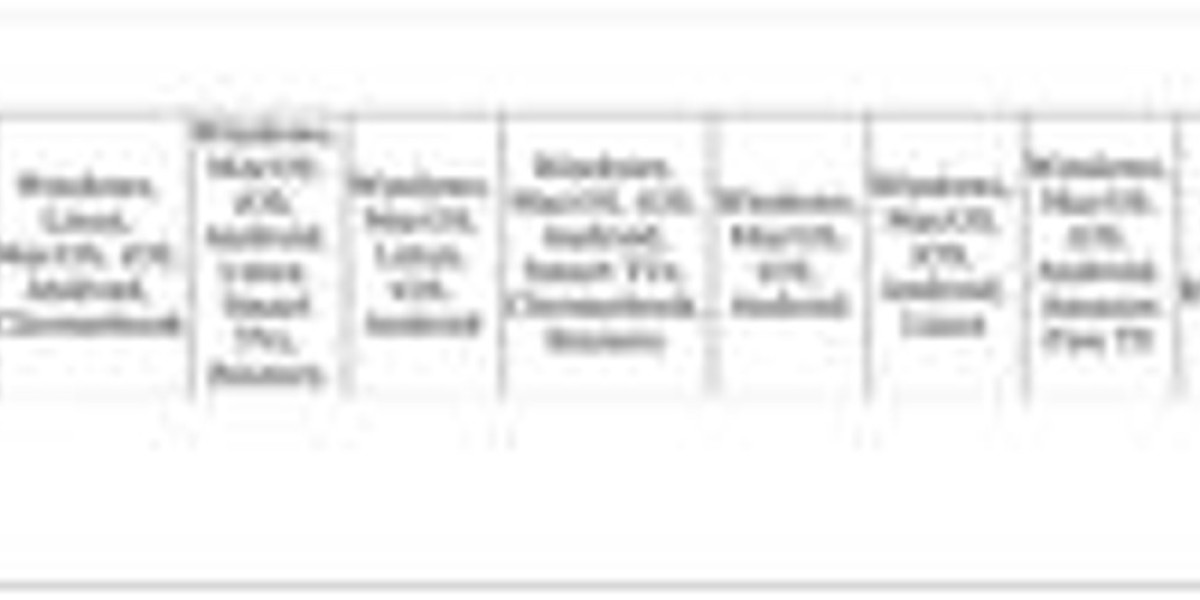The Europe Clinical Trials Market segment structure is evolving rapidly as sponsors increasingly focus on niche patient populations and therapeutic specialties. Segmentation is no longer defined solely by trial phase but also by therapeutic area, study design, and patient demographics. Oncology remains the largest and fastest-growing segment, while rare diseases, neurological disorders, and autoimmune conditions are emerging as high-priority areas due to rising unmet needs. These specialized segments often require smaller, more targeted trials that emphasize biomarker-driven enrollment, real-world data integration, and adaptive protocol modifications. Such approaches enable more efficient data collection while reducing time to market.
Furthermore, the rise of pediatric and geriatric-focused trials is expanding the demographic segmentation of the European clinical trials landscape. Sponsors are designing age-specific protocols that account for unique physiological and safety considerations, supported by growing ethical frameworks and parental/guardian engagement strategies. The increasing granularity of market segmentation allows CROs and sponsors to optimize resources, minimize patient burden, and improve success rates. This specialized, patient-focused approach is expected to drive significant advancements in therapeutic innovation and accelerate the availability of life-saving treatments throughout Europe.
FAQs
Q1: Which therapeutic areas dominate the European clinical trials market?
A1: Oncology leads, followed by rare diseases, neurology, and autoimmune disorders.
Q2: Why is patient demographic segmentation important?
A2: It enables tailored protocols that improve trial efficiency and data relevance.














